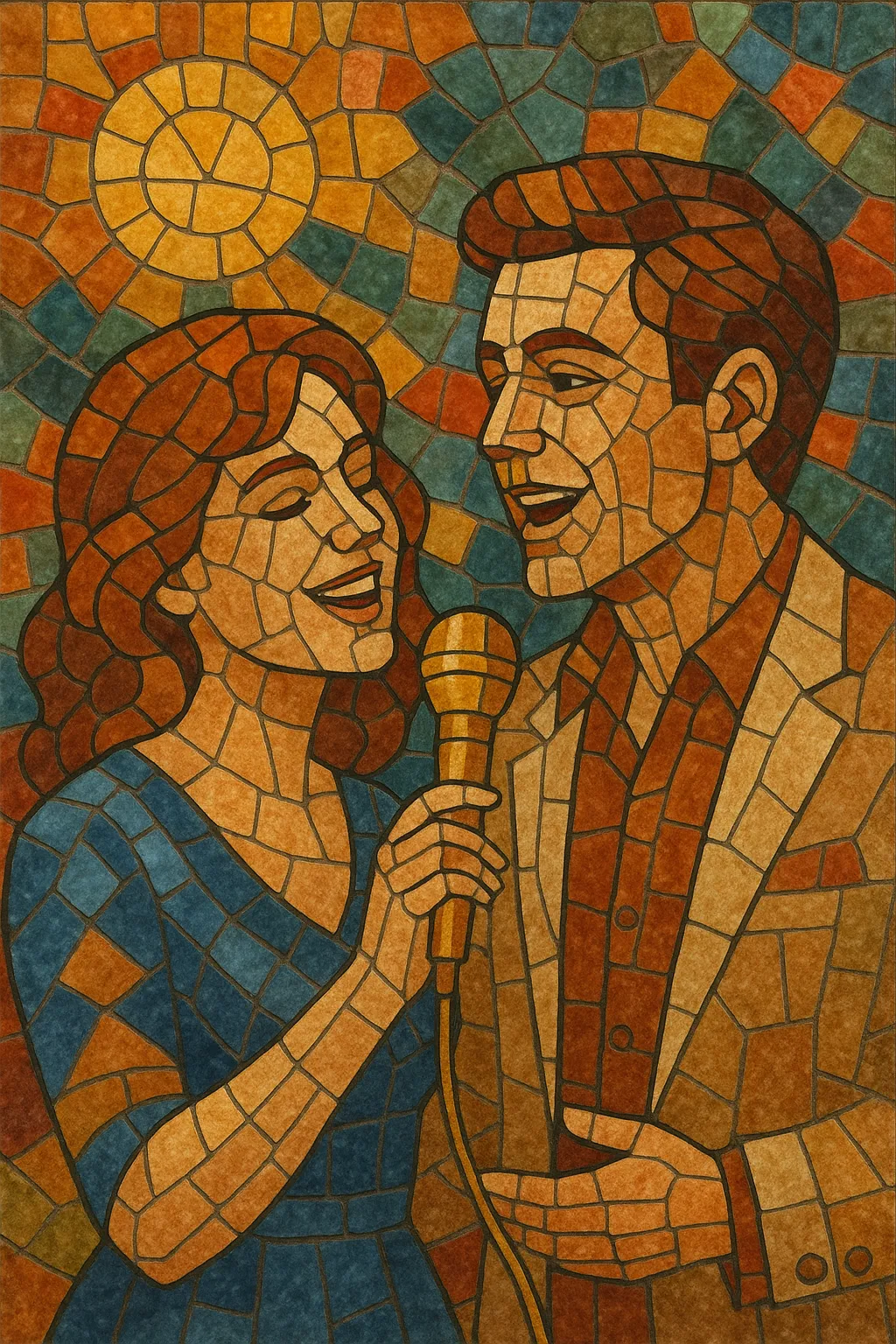Schlager is a European popular music style characterized by catchy melodies, simple verse–chorus forms, and emotionally direct lyrics that foreground love, sentimentality, everyday life, and feel‑good escapism.
It is typically sung in German, but also thrives in Swedish, Dutch, and other European languages, and favors bright, polished production, sing‑along choruses, and frequent key changes (notably a climactic final‑chorus modulation).
Rhythmically steady, mid‑tempo 4/4 grooves support memorable hooks, while arrangements draw on orchestral colors (strings, brass), light pop rhythm sections, and, in later decades, disco, synth‑pop, and dance‑pop textures.
Stylistically, Schlager sits between traditional pop and mainstream light entertainment, bridging pre‑rock European song traditions with modern pop presentation.
The term “Schlager” appeared in German entertainment in the early 20th century, but the genre coalesced after World War II during the 1950s. Postwar broadcast networks and record labels nurtured a light, optimistic song style that combined pre‑war cabaret and operetta sensibilities with traditional pop and German folk idioms. Early Schlager emphasized clean vocals, memorable refrains, and accessible harmonies tailored to radio and televised variety shows.
During the 1960s and 1970s, Schlager dominated German‑language hit parades and Saturday‑night TV. Large orchestras, string sections, and danceable foxtrot‑to‑disco grooves became common. The style expanded beyond Germany into Austria, Switzerland, the Netherlands, and Scandinavia (intersecting with Sweden’s dance‑band culture). Eurovision, music festivals, and family TV shows helped codify the genre’s bright, sentimental image and its trademark key‑change finale.
While rock, synth‑pop, and later dance styles challenged Schlager’s chart hegemony, the genre adapted by incorporating contemporary production (drum machines, glossy synths) and embracing nostalgia on TV specials. Parallel forms (e.g., Dutch levenslied, Swedish dansband) thrived, and “volkstümliche Musik” hybridized Schlager’s pop approach with folk motifs.
From the 2000s onward, a modern wave—often called "pop‑Schlager"—merged radio‑friendly pop, EDM‑lite textures, and anthemic festival energy with classic Schlager tropes: sing‑along hooks, relatable lyrics, and feel‑good vibes. Arena tours, streaming playlists, and Eurovision circuits keep the style current, while legacy artists and new stars coexist in a pan‑European light‑entertainment ecosystem.


